
CISA releases open source Untitled Goose Tool to detect malicious activity in Azure, Azure Active Directory and Microsoft 365 environments
The CISA has launched a new security tool designed to help protect various Microsoft cloud services. The open source Untitled Goose Tool is available for both Windows and macOS.
The utility was developed by the US Cybersecurity & Infrastructure Security Agency in conjunction with Sandia National Laboratories. The aim of the tool is to help to detect and respond to malicious activity in Microsoft Azure, Azure Active Directory (AAD) and Microsoft 365 (M365) environments.

Microsoft fixes serious privacy vulnerability in Windows 11 Snipping Tool... but not for everyone
Earlier this week we learned about a worrying security and privacy flaw in Windows 11's Snipping Tool screen capture app. The way the software saves cropped screengrabs means that it is possible to "uncrop" images, potentially exposing sensitive information.
Acting quickly to address the problem, Microsoft has fixed the vulnerability with a new update. There is just one problem -- the update is not available to everyone, leaving unknown numbers of users at risk.

20 percent of endpoints have legacy security vulnerabilities
According to a new report, at least 20 percent of enterprise endpoints remain unpatched after the remediation is completed, meaning that a fifth of machines still have a significant number of legacy vulnerabilities that could be exploited at any time.
The study of over 800 IT professionals from Action1 Corporation finds 10 percent of organizations suffered a breach over the past 12 months, with 47 percent of breaches resulting from known security vulnerabilities.
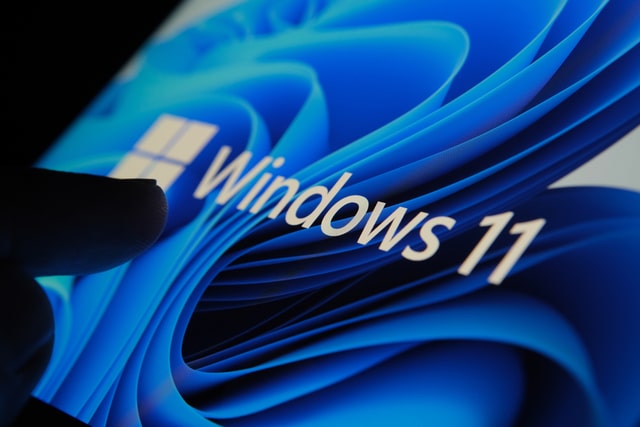
Microsoft panics Windows 11 users with 'Local Security Authority protection is off' warning
Users of Windows 11 have been concerned by the appearance of a message that reads: "Local Security protection is off. Your device may be vulnerable". Microsoft is blaming a recent update (KB5007651) for the warning which implies that an important security feature has been disabled.
The issue affects Windows 11 version 21H2 and 22H2, and those hit by the message have been left confused about what they need to do. So what is going on?

The risk and reward of ChatGPT in cybersecurity
Unless you’ve been on a retreat in some far-flung location with no internet access for the past few months, chances are you’re well aware of how much hype and fear there’s been around ChatGPT, the artificial intelligence (AI) chatbot developed by OpenAI. Maybe you’ve seen articles about academics and teachers worrying that it’ll make cheating easier than ever. On the other side of the coin, you might have seen the articles evangelizing all of ChatGPT’s potential applications.
Alternatively, you may have been tickled by some of the more esoteric examples of people using the tool. One user, for example, got it to write an instruction guide for removing peanut butter sandwiches from a VCR in the style of the King James Bible. Another asked it to write a song in the style of Nick Cave; the singer was less than enthused about the results.

New solution helps to visualize cloud-native app risks
With more and more organizations turning to the cloud and cloud-native application development, AppSec teams face a mounting challenge to keep pace with their development counterparts.
To address this, Backslash Security is launching a new solution to provide unified code and cloud-native security by correlating cloud context to code risk, backed by automated threat modeling, code risk prioritization, and simplified remediation across applications and teams.
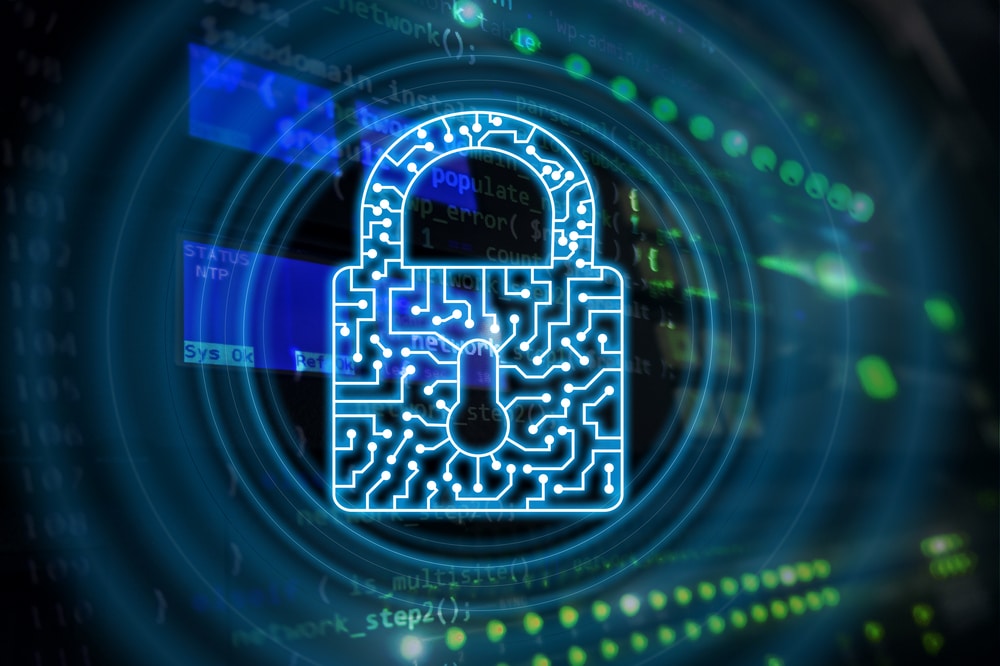
The role of service mesh in application security [Q&A]
As organizations embrace cloud-native development, they are building new types of applications and microservices that are easier to scale and add more business value.
But the growing adoption of microservices has introduced new security risks because microservices and modern applications contain more 'pieces' that increase the attack surface.

Windows 11 Snipping Tool has a serious privacy flaw that can expose information cropped out of screenshots
Microsoft Snipping Tool utility has been found to have a vulnerability that means that screenshots that have been cropped can be very easily uncropped, potentially exposing sensitive information.
The Snipping Tool is one of the most useful tools to be found in Windows 11, making it easy to take a variety of screenshots -- and, more recently, record screen activity -- without the need for third-party software. But the way in which the app crops images means that edited images are really just the original screengrab; 'cropped' parts are simply hidden and easily restored.
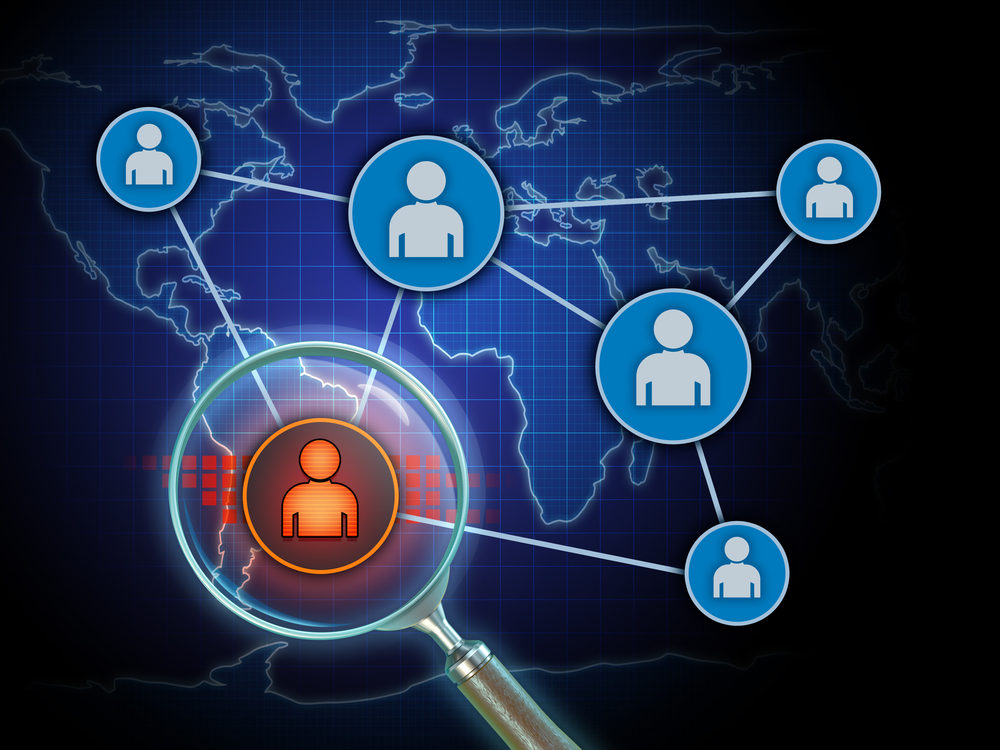
Only 15 percent of companies are ready for cyber threats
Just 15 percent of organizations globally have the 'Mature' level of readiness needed to be resilient against today's modern cybersecurity risks, according to Cisco's first-ever Cybersecurity Readiness Index.
More than half (55 percent) of companies globally fall into the Beginner (eight percent) or Formative (47 percent) stages, meaning they are performing below average on cybersecurity readiness.
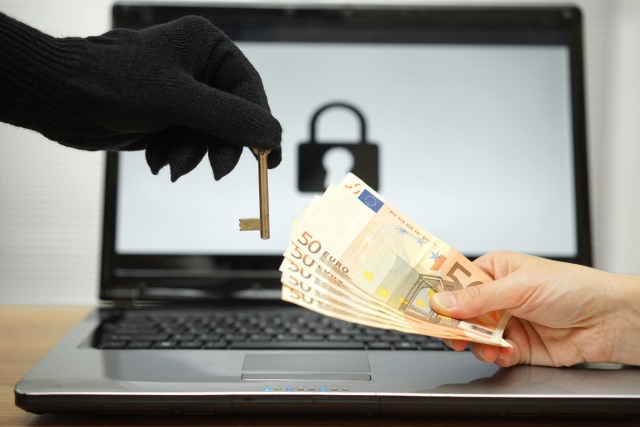
Ransomware surges as threat actors get more aggressive
Ransomware and extortion actors are utilizing more aggressive tactics to pressure organizations, with harassment being involved 20 times more often than in 2021, according to a new report.
The study, from Palo Alto Networks' Unit 42 threat intelligence team, finds harassment is typically carried out via phone calls and emails targeting a specific individual, often in the C-suite, to pressure them into paying a ransom demand.

ForgeRock launches password-free enterprise identity platform
People have been predicting the end of the password for a very long time, yet they still remain key to securing access to many systems.
Maybe the end is edging just a bit closer though as ForgeRock announces Enterprise Connect Passwordless, a new passwordless authentication solution that eliminates the need for users to interact with passwords inside large organizations.

Why a bigger budget isn't necessarily the key to good cybersecurity [Q&A]
Cyberattacks are expected to reach historic levels this year, in both volume and sophistication, yet many organizations are reducing their 2023 cybersecurity budgets.
We spoke to Steve Benton, VP of threat research at intelligence-driven cybersecurity specialist Anomali, to discover how a different approach might offer strong protection without breaking the bank.
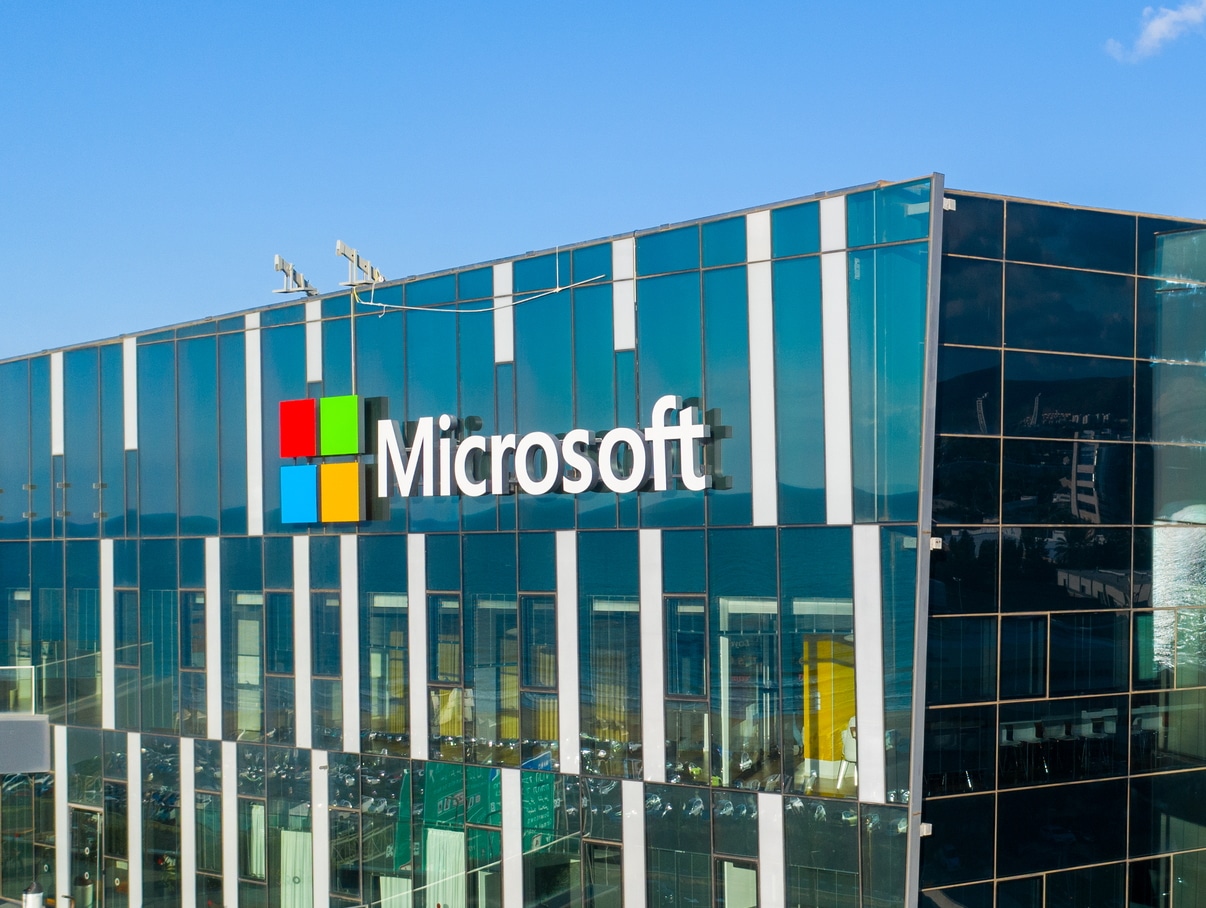
Microsoft releases PowerShell scripts (KB5025175) to help address BitLocker vulnerability
Microsoft has published details of PowerShell scripts which the company has designed to help automate updating the Windows Recovery Environment (WinRE) to address a BitLocker security vulnerability.
The security feature bypass vulnerability affects both Windows 10 and Windows 11, and sample scripts are available for different editions of both versions of the operating system.
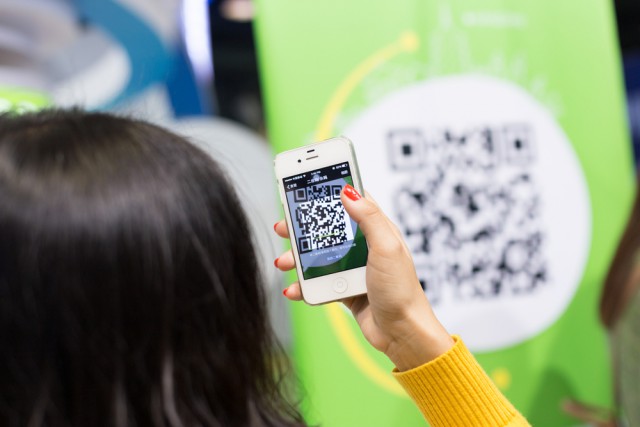
Threat actors turn to QR codes and other creative techniques as macros are blocked
The default blocking of macros in MS Office is forcing threat actors to be more creative with their attack methods, according to the latest report from HP Wolf Security.
There have been increases in the levels of malware delivered in PDFs and zip files, as well as a rise in 'scan scams' using QR codes to trick users into opening links on mobile devices.
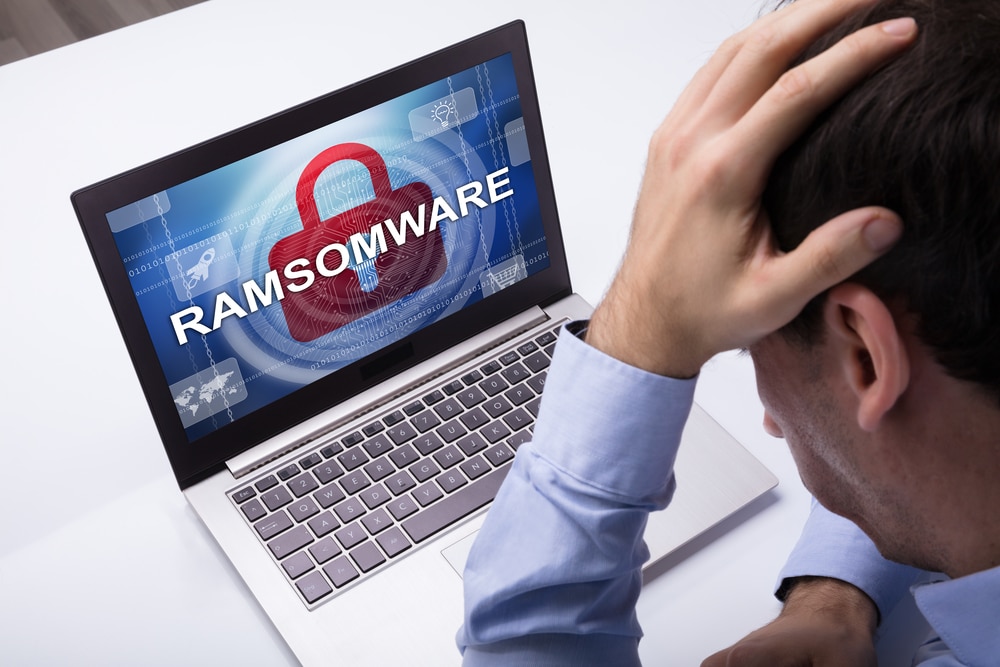
Lockbit ransomware victims more than double in February
The Lockbit ransomware group claimed 129 victims in February, more than double the 50 that was reported in January.
The latest ransomware report from GuidePoint Security shows that another RaaS group, AlphV, also significantly increased its reported monthly victim count from 20 to 31.
